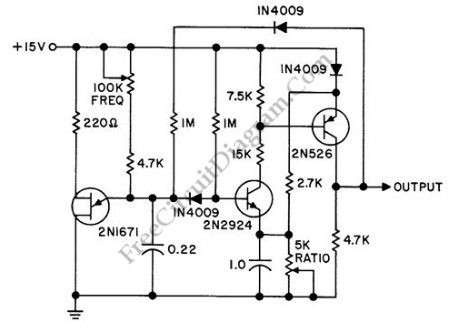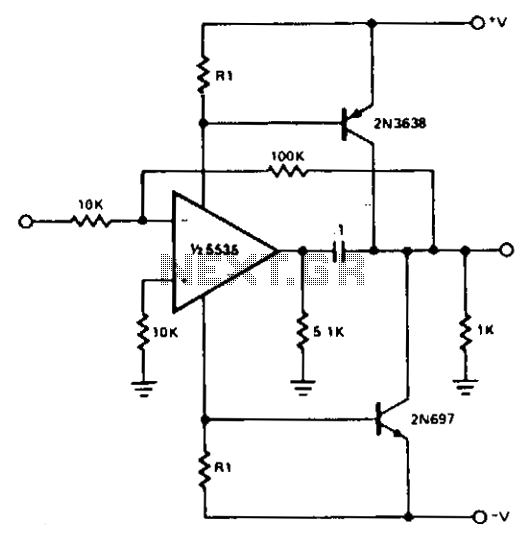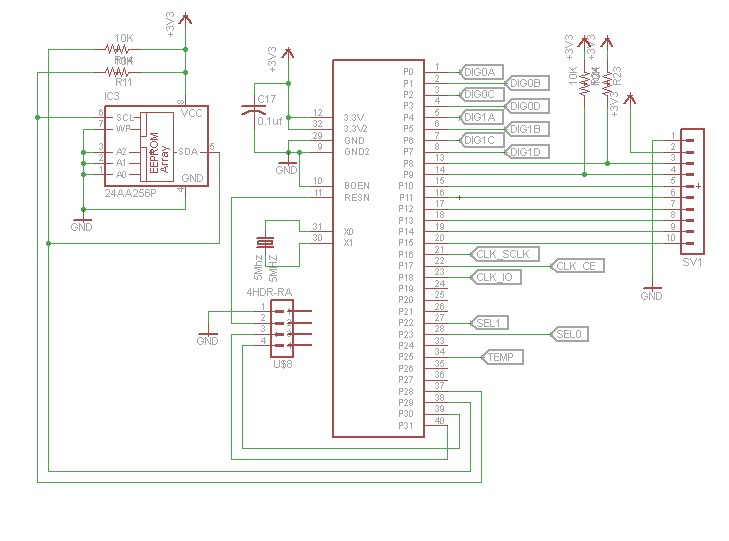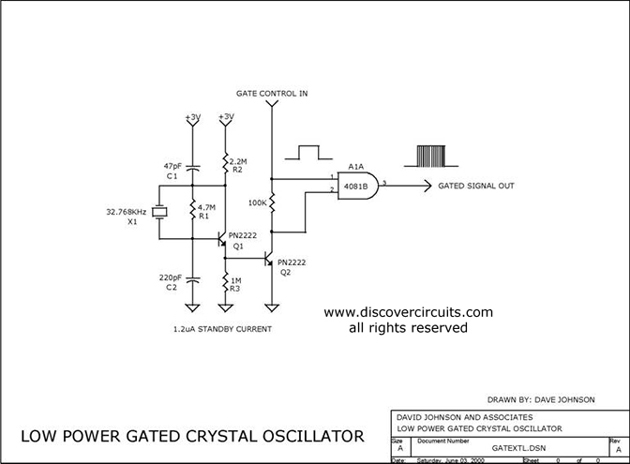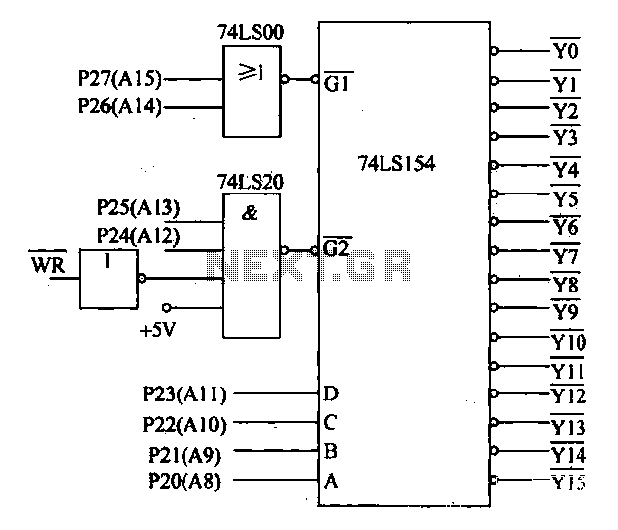
LM317 VARIABLE POWER SUPPLY circuit
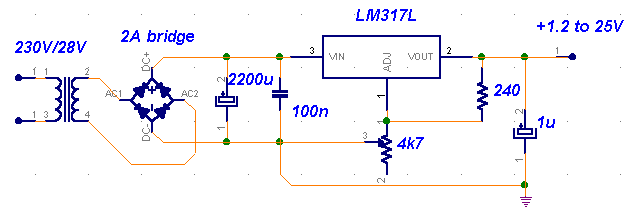
A truly timeless circuit. The LM317 is a versatile and highly efficient 1.2-37V voltage regulator that can provide up to 1.5A of current with a large heat sink. It is ideal for just about any application. This was the first workbench power supply and it is still in use.
The LM317 voltage regulator is a linear voltage regulator that is widely recognized for its adaptability and efficiency in various electronic applications. It operates within a voltage output range of 1.2V to 37V and can supply a maximum output current of 1.5A, making it suitable for powering a variety of devices and circuits. The device features three terminals: input, output, and adjust. The output voltage is set by connecting resistors to the adjust terminal, allowing for precise control over the output voltage level.
When designing a circuit using the LM317, it is essential to include a suitable heat sink to dissipate heat generated during operation, particularly when the voltage drop across the regulator is significant. The efficiency of the LM317 is influenced by the input-output voltage difference and the load current, which should be considered during the design phase to avoid overheating.
The typical application circuit involves connecting the input voltage to the input pin, the output pin to the load, and the adjust pin to a voltage divider formed by two resistors. The values of these resistors determine the output voltage. For improved stability and transient response, it is advisable to include bypass capacitors at both the input and output pins. A 0.1µF ceramic capacitor is typically used at the output to enhance stability and transient response, while a larger electrolytic capacitor may be employed at the input to filter any high-frequency noise.
In summary, the LM317 voltage regulator is an excellent choice for creating adjustable power supplies, offering ease of use, reliability, and versatility in a wide range of electronic projects. Its ability to maintain a constant output voltage across varying load conditions makes it a staple in both hobbyist and professional electronics.A truly timeless circuit. LM317 is a versatile and highly efficient 1.2-37V voltage regulator that can provide up to 1.5A of current with a large heat sink. It`s ideal for just about any application. This was my first workbench power supply and I still use it.. 🔗 External reference
The LM317 voltage regulator is a linear voltage regulator that is widely recognized for its adaptability and efficiency in various electronic applications. It operates within a voltage output range of 1.2V to 37V and can supply a maximum output current of 1.5A, making it suitable for powering a variety of devices and circuits. The device features three terminals: input, output, and adjust. The output voltage is set by connecting resistors to the adjust terminal, allowing for precise control over the output voltage level.
When designing a circuit using the LM317, it is essential to include a suitable heat sink to dissipate heat generated during operation, particularly when the voltage drop across the regulator is significant. The efficiency of the LM317 is influenced by the input-output voltage difference and the load current, which should be considered during the design phase to avoid overheating.
The typical application circuit involves connecting the input voltage to the input pin, the output pin to the load, and the adjust pin to a voltage divider formed by two resistors. The values of these resistors determine the output voltage. For improved stability and transient response, it is advisable to include bypass capacitors at both the input and output pins. A 0.1µF ceramic capacitor is typically used at the output to enhance stability and transient response, while a larger electrolytic capacitor may be employed at the input to filter any high-frequency noise.
In summary, the LM317 voltage regulator is an excellent choice for creating adjustable power supplies, offering ease of use, reliability, and versatility in a wide range of electronic projects. Its ability to maintain a constant output voltage across varying load conditions makes it a staple in both hobbyist and professional electronics.A truly timeless circuit. LM317 is a versatile and highly efficient 1.2-37V voltage regulator that can provide up to 1.5A of current with a large heat sink. It`s ideal for just about any application. This was my first workbench power supply and I still use it.. 🔗 External reference
